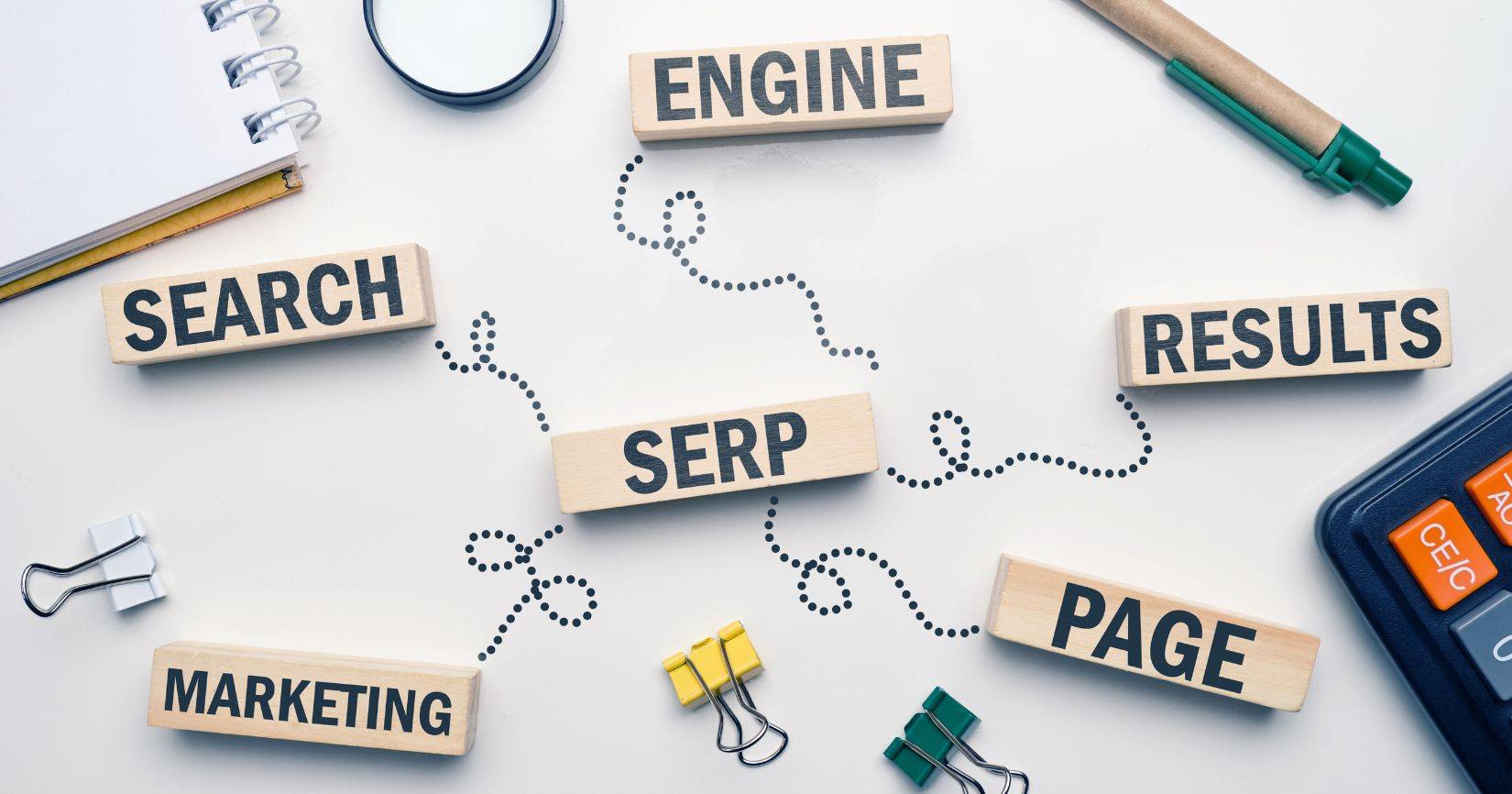There are a lot of different marketing acronyms and terms within the industry, and sometimes we marketers forget that our clients may not know or understand what some of these terms mean! I am guilty of this, writing reports or emails using these terms without thinking first about explaining what they mean!
So below, I have put together a cheat sheet where you will find terms and acronyms and their definitions. That way, if you are ever presented with a document that uses these expressions with no explanation, you can refer back to my little cheat sheet!
1. ROAS
Return On Ad Spend
This is an important key performance indicator (KPI) in digital marketing. It refers to the amount of revenue that is earned for every pound(euro) spent on a campaign.
You find your ROAS by taking revenue from your ad campaign and DIVIDING it by the ad spend.
2. KPI
Key Performance Indicator
A key performance indicator (KPI) is a measurable value that demonstrates how effectively a company achieves key business objectives. Organisations use KPIs to evaluate success and ensure they are reaching company targets.
3. Copy
Copy is a term used to describe the text within your marketing content. For example, your marketer may ask you to review the copy they have created for your social media ads. This means they’d like you to review the text they have created that will appear alongside your ad!
4. CTA
Call To Action
Call To Action is a marketing term to prompt an immediate response and/or action. CTAs are found on ads, websites, social media pages and within emails. CTA’s can be found within your copy or as a button on your ad or email.
Most commonly used CTAs: Shop Now, Sign Up Today, Learn More, Book Now.
5. Organic Content
Organic content refers to marketing strategies that are unpaid (free). Examples of organic content are blogs and daily social media posts.
Organic content is important to any business as it demonstrates your expertise within your industry, allows you to connect with your audience personally and shows new and old customers you are a relevant and reliable company they can trust.
6. SMM
Social Media Marketing
SMM uses social media platforms such as Facebook, Instagram, TikTok & LinkedIn as marketing tools.
This can be both paid and organic(free) uses of platforms to promote your company.
7. CPC
Cost Per Click
Your cost for each click your ad receives. A click is not unique to the person taking action. If one person clicks on your ad 3x, you will be charged for 3 clicks.
It also does not mean a person has landed on your website. It just means they have clicked something on your ad.
8. Creatives
When a marketer uses the term “creatives”, they are usually referring to images, videos, GIFs etc, they have created your business’s social media ads or organic posts.
9. CPR
Cost Per Result
CPR is Facebook & Instagram metric that breaks down the amount spent per impression/conversion. CPR will be based on the objective of a campaign you have chosen, such as video views, leads, link clicks etc.
10. SEO
Search Engine Optimise
SEO is an unpaid (free) strategy that affects the ranking of your website organically on Google or other search engines. SEO tries to improve the quality and quantity of traffic to your site.
Examples would be – Keywords through your website and blogs. Website loading time. Mobile friendly. Optimised titles & meta descriptions.
11. B2B VS B2C
Business-to-Business & Business-to-Consumer
B2B is a business model whereby a business sells a product or service to other businesses, such as computer software or marketing services.
B2C is a business model whereby a business is selling a service or product to the public (consumers)
12. PPC
Pay-Per-Click
PPC is similar to CPC, as it is an advertising model used to drive traffic to websites, in which an advertiser pays the platform they are using when the ad is clicked. Pay-per-click is usually associated with first-tier search engines, primarily Google Ads. But there is also Bing and Yahoo.
13. CMS
Content Management System
CMS is a program used to edit and publish website content. Many B2B and B2C companies like the ease of being able to edit a webpage themselves instead of relying on a developer
Most commonly used are Shopify & WordPress.
14. Google Acronyms
Google has several different software businesses can use for free and marketers will tend to use their acronyms instead of their actual names.
GA = Google Analytics
GTM = Google Tag Manager
GMB = Google My Business
GSC = Google Search Console
GDS = Google Data Studio
Make sure to bookmark this blog in case you need to refer back to it in the future! If there are any marketing acronyms you have come across that are not listed (as there are MANY more) that you’d like added, send me an email, and I’d happily add it to our cheat sheet!





